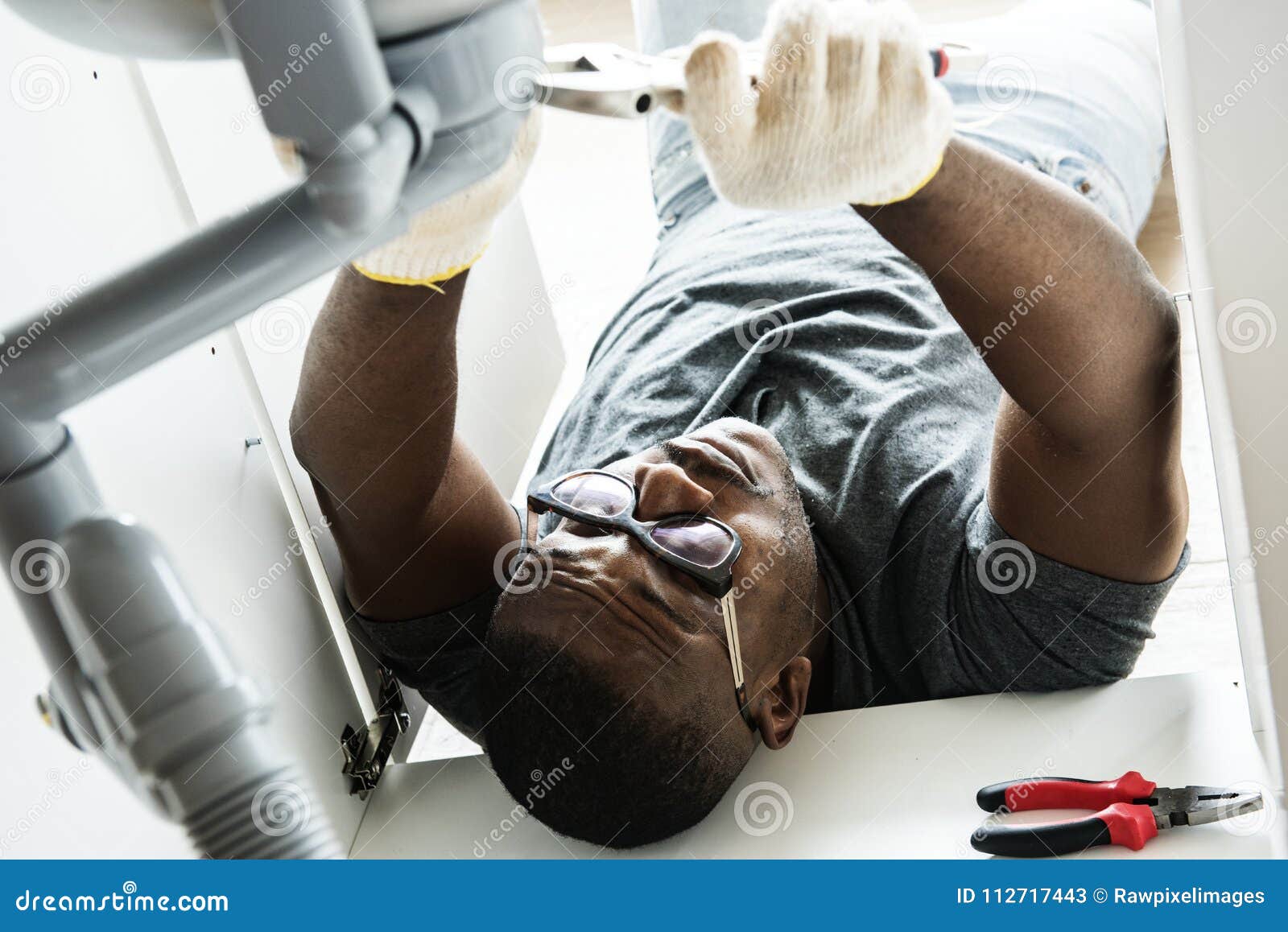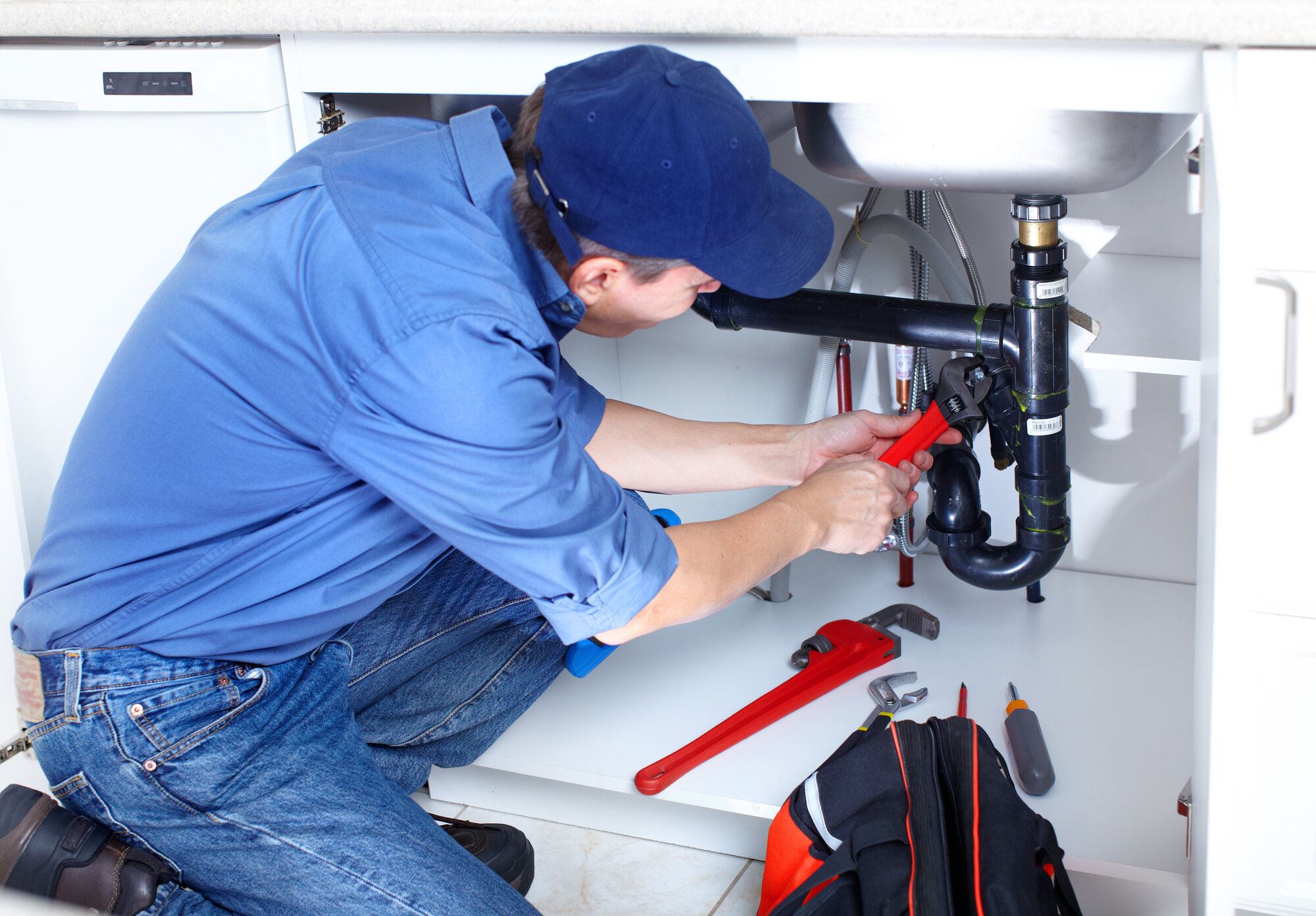Complete Plumbing Alabaster AL Solutions for Your Home
Complete Plumbing Alabaster AL Solutions for Your Home
Blog Article
A Detailed Guide to Reliable Water Heater Setup for Optimal Performance
Getting started on the task of installing a water heating unit is an endeavor that requires accuracy and a methodical strategy for accomplishing optimum efficiency. As you proceed, the ins and outs of connecting water supply lines and setting up reliable electric or gas links await, encouraging insights into guaranteeing performance and reliability.
Choosing the Right Water Heating System

Next, consider the size and ability of the hot water heater. It's essential to examine your house's warm water requirements, which can differ based on the number of residents and their usage patterns. A system that's also little might result in not enough hot water, while a large model might lead to unneeded energy consumption.
Effectiveness rankings additionally play an essential function in option. Look for hot water heater with high Power Aspect (EF) ratings, showing superior efficiency and minimized power use. Tankless models, though usually much more pricey upfront, offer considerable energy financial savings with time due to their on-demand home heating capabilities.
Preparing the Setup Area
Prior to setting up a new water heating system, careful prep work of the installation area is crucial. This makes certain a smooth setup process and aids stop future problems (Plumbing Services Alabaster AL). Begin by picking an ideal area that follows local building codes and safety criteria. The area must be completely dry, well-ventilated, and easily accessible for maintenance. It's crucial to determine the space carefully to accommodate the hot water heater's measurements, making certain ample clearance around the device for efficient procedure and servicing.
Examine the flooring for stability, as the water heating unit will require a solid, level surface to operate successfully. If needed, mount a drip pan under the device to capture possible leaks or spills, stopping water damages to the surrounding location.
In addition, make sure that all essential tools and products are on hand before starting the installment. This includes things such as wrenches, screwdrivers, a level, and any added equipment required for installing and protecting the heating unit. A well-prepared installation area sets the structure for an effective water heating unit arrangement, enhancing performance and security.
Connecting Water System Lines
When attaching supply of water lines to your freshly installed hot water heater, it is crucial to make certain that all links are secure and leak-free to maintain reliable procedure and stop water damages. Begin by recognizing the warm and cool water system lines. The cold water inlet is generally marked with a blue tag or a "C", while the warm water electrical outlet is noted with a red label or an "H".
Use flexible water heater ports to facilitate an easier setup procedure. These connectors can take in resonance and allow for mild motion, minimizing the danger of leakages. Before connecting the adapters, put a plumbing technician's tape around the threaded ends of the hot water heater's inlet and electrical outlet pipelines - Plumbing Services Alabaster AL. This tape functions as a sealer, preventing leakages. Very carefully link the flexible hose pipes to the particular inlet and electrical outlet, making certain that they are not over-tightened but limited, which can damage the threads.
When connections remain in place, slowly transform on the major supply of water shutoff. Check each link for leakages by aesthetically really feeling and examining for moisture. Tighten Read Full Article up links as needed, and ensure the stress safety valve is properly mounted, securing against excessive stress accumulation.
Establishing Electrical or Gas Connections
Properly setting up the electric or gas connections for your hot water heater is a crucial step to make certain secure and effective operation. For electrical water heaters, begin by confirming that the electrical circuit is compatible with the heating system's voltage and amperage requirements. Make certain the power supply is switched off at the breaker to stop mishaps. Link the electrical cables to the heater complying with the producer's wiring diagram. Generally, this involves attaching the ground wire to the green terminal, and the remaining cords to their matching terminals, protecting each with cord nuts.
For gas water heating units, safety is critical. Verify that the gas supply visit here is off before proceeding. Link the gas line to the hot water heater using an adaptable gas port, ensuring it is appropriately threaded and sealed with pipe joint compound or Teflon tape appropriate for gas connections. Tighten up the connections with a wrench, making sure not to over-tighten (Plumber Alabaster AL).
Once connections are made, evaluate for any type of possible leakages. For gas lines, apply a soapy water solution to the joints; bubbles suggest a leak. For electrical connections, verify that all wiring is secure and appropriately insulated, keeping compliance with neighborhood electric codes.
Checking and Adjusting for Effectiveness
With the electrical and gas connections firmly in area, the next step is examining the functional effectiveness of your water heater. Begin by very carefully transforming on the water supply and making sure there are no leaks at any of the shutoffs or joints.
Next, execute an extensive assessment to make certain the home heating elements or gas heaters are operating correctly. For electrical heating units, use a multimeter to validate if the components are drawing the ideal present. In gas versions, observe the heater flame; it additional reading must be blue and constant, indicating efficient combustion.
Adjust the setups as necessary to get rid of inefficiencies. Think about implementing insulation procedures, such as including a water heating unit covering, to even more boost efficiency by lessening warm loss. Additionally, check the anode rod's problem, as a tatty pole can reduce effectiveness and cause container deterioration.
Final Thought
Reliable hot water heater installation is crucial for making sure optimal performance and power savings. By choosing the proper kind and dimension, and carefully preparing the setup location, a structure for success is established. Safely linking water lines and carefully establishing up electric or gas links reduce prospective concerns. Comprehensive testing for leakages and specific thermostat changes to 120 ° F enhance integrity and efficiency. Sticking to these steps promotes long-lasting capability and power preservation in household water heating systems.

Effectively setting up the electrical or gas connections for your water heater is a critical action to ensure efficient and risk-free operation. For electric water heating units, begin by confirming that the electrical circuit is compatible with the heating unit's voltage and amperage demands. Connect the gas line to the water heater using a flexible gas connector, ensuring it is appropriately threaded and secured with pipeline joint substance or Teflon tape appropriate for gas connections.
Report this page